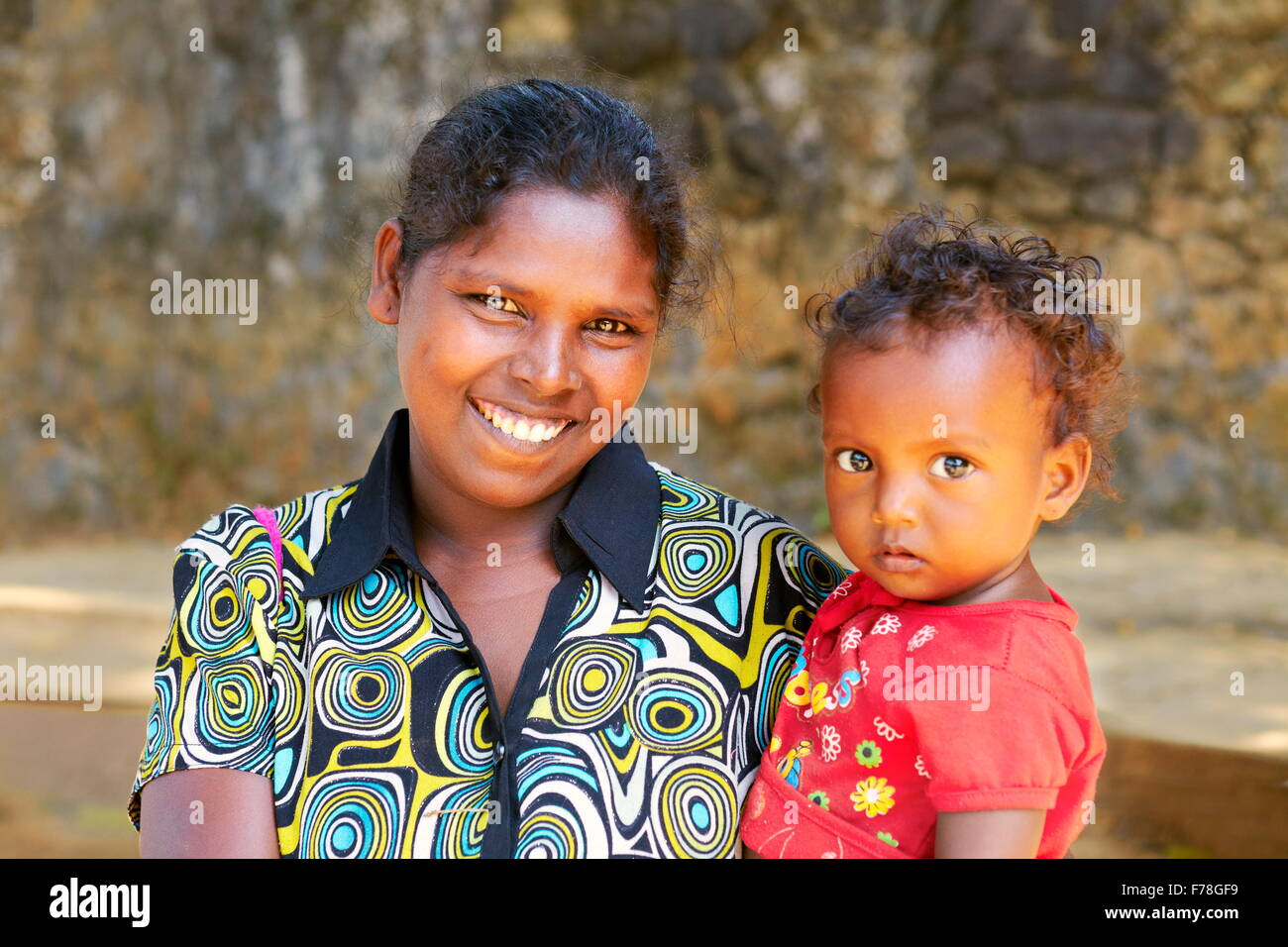고정 헤더 영역
상세 컨텐츠
본문

Quite a vague question! However, if a poll was conducted in thewhole of Sri Lanka, the most well known non-political people areprobably cricketers such as:Sanath JayasuriyaMuttiah MuralitharanAravinda de SilvaMahela Jayewardene-Prof. Cyril Ponnamperuma - NASA ScientistVernon Corea - The legendary Radio Ceylon, BBC broadcasterSir Christopher Ondaatje - PhilanthropistMichael Ondaatje - Booker Prize WinnerProf.

Nalin Chandra Wickramasinghe - Professor of AppliedMathematics and Astronomy at Cardiff UniversitySir Desmond De Silva QC - Eminent British barristerM.G.

Sri Lanka President Bans Face Coverings Over Security, Citing Easter Attacks The move by President Maithripala Sirisena was meant to help authorities identify people, part of a new security push. Religious and world leaders have condemned a series of blasts in Sri Lanka that killed almost 300 people on Sunday, including dozens of foreigners - with British, Dutch and American citizens among.
Sri Lanka History And Culture
YearPopulationYearly%ChangeYearlyChangeMigrants (net)Median AgeFertility RateDensity (P/Km²)UrbanPop%Urban PopulationCountry's Share ofWorld PopWorld PopulationSri LankaGlobal Rank202021,084,0420.35%74,04.9%4,194,2610.27%7,795,42521,349,9420.25%53,15.0%4,488,3070.26%8,185,63021,474,7010.12%24,97.7%4,867,5300.25%8,551,13521,491,8950.02%3,48.9%5,352,8030.24%8,892,74021,397,716-0.09%-18,89.8%5,943,6360.23%9,210,34521,165,080-0.22%-46,51.0%6,564,6280.22%9,504,25020,792,352-0.35%-74,52.6%7,190,0650.21%9,771,822,75376. NotesThe Sri Lanka Population (Live) counter shows a continuously updated estimate of the current population of Sri Lanka delivered by, which processes data collected from the United Nations Population Division.The Population of Sri Lanka (1950 - 2019) chart plots the total population count as of July 1 of each year, from 1950 to 2019. The Yearly Population Growth Rate chart plots the annual percentage changes in population registered on July 1 of each year, from 1951 to 2019.
This value can differ from the Yearly% Change shown in the historical table, which shows the last year equivalent percentage change assuming homogeneous change in the preceding five year period.DefinitionsYear: as of July 1 of the year indicated.Population: Overall total population (both sexes and all ages) in the country as of July 1 of the year indicated, as estimated by the United Nations, Department of Economic and Social Affairs, Population Division. For forecasted years, the U.N. Medium-fertility variant is used. Read More Definitions. Yearly% Change: For 2019: percentage change in total population over the last year (from July 1, 2018 to June 30 2019).
Vedda People Sri Lanka
For all other years: latest year annual percentage change equivalent assuming homogeneous change in the preceding five year period, calculated through reverse compounding.Yearly Change: For 2019: absolute change in total population (increase or decrease in number of people) over the last year (from July 1, 2018 to June 30 2019). For all other years: average annual numerical change over the preceding five year period.Migrants (net): The average annual number of immigrants minus the number of emigrants over the preceding five year period (running from July 1 to June 30 of the initial and final years), or subsequent five year period (for 2016 data). A negative number means that there are more emigrants than immigrants.Median Age: age that divides the population into two numerically equal groups: half of the people are older than the median age indicated and half are younger. This parameter provides an indication of age distribution.Fertility Rate: (Total Fertility Rate, or TFR), it is expressed as children per woman.





